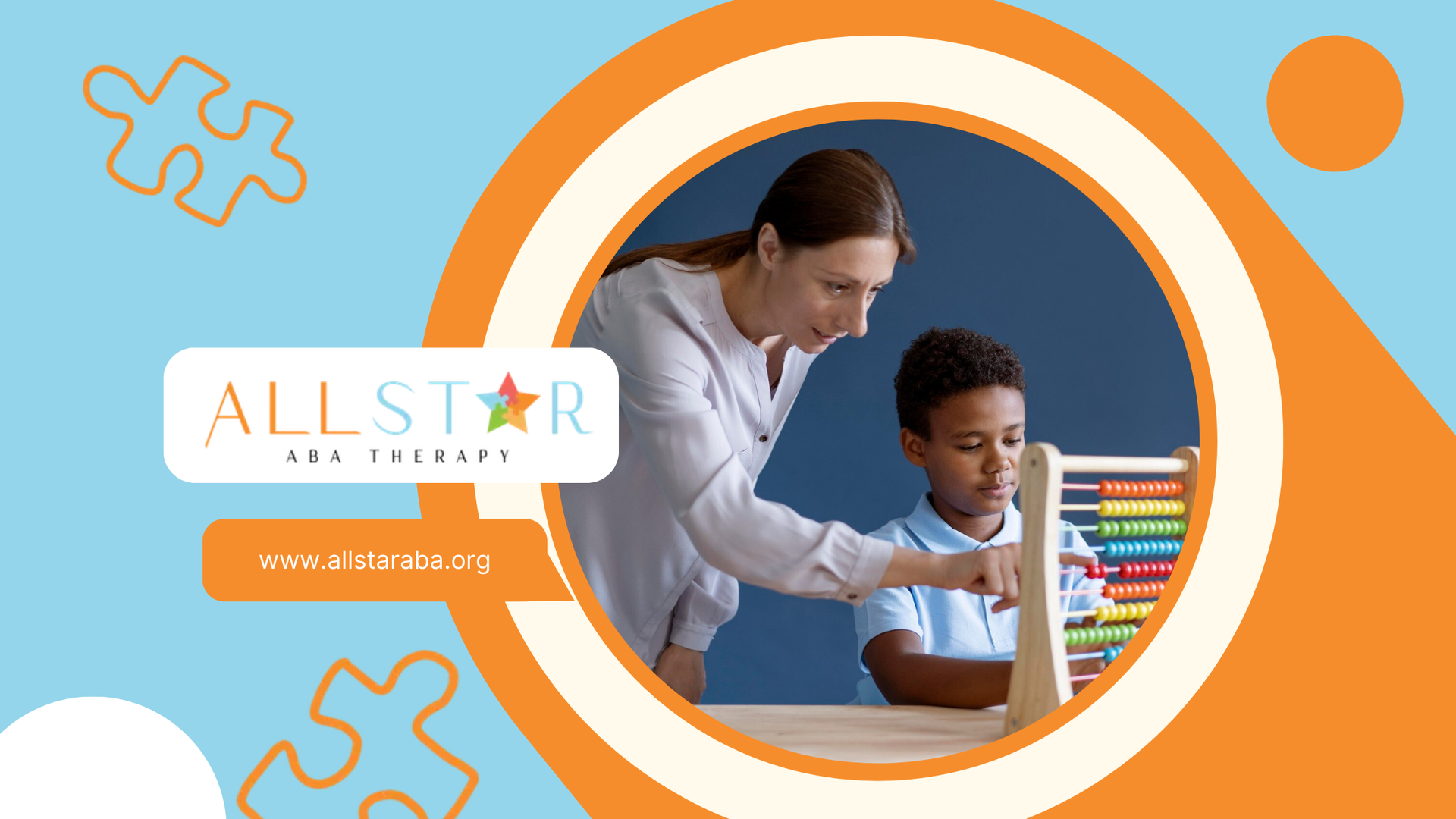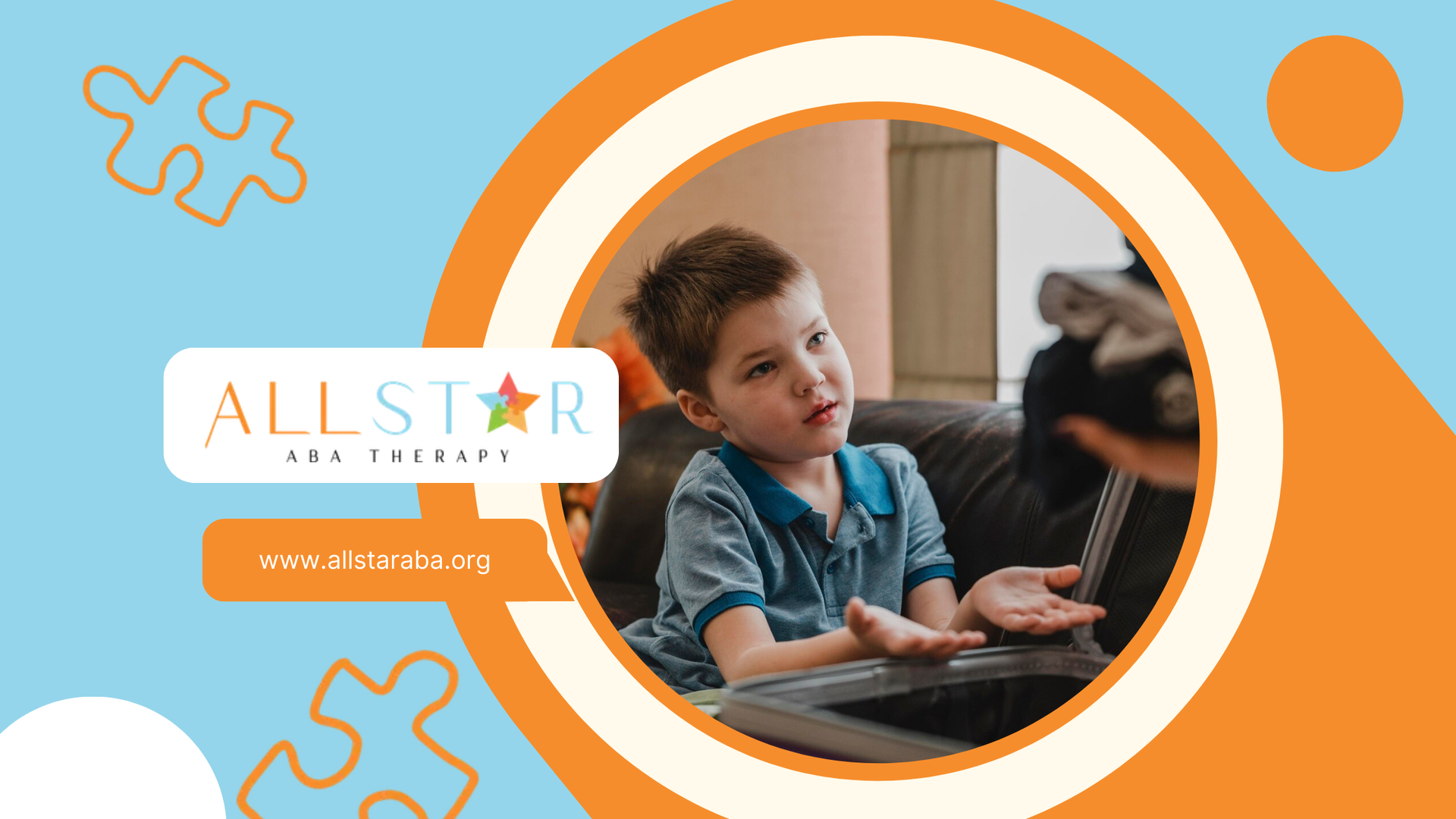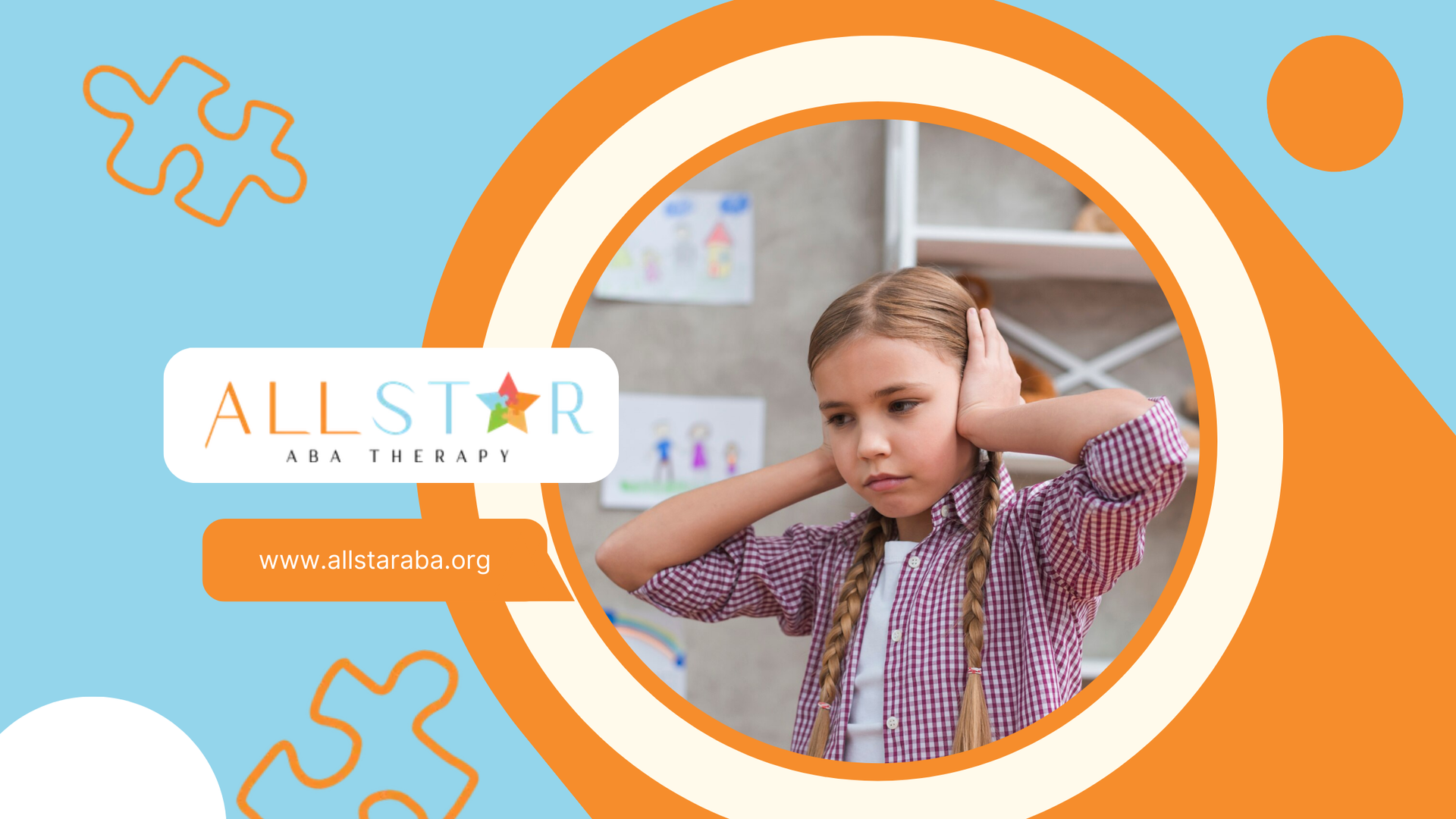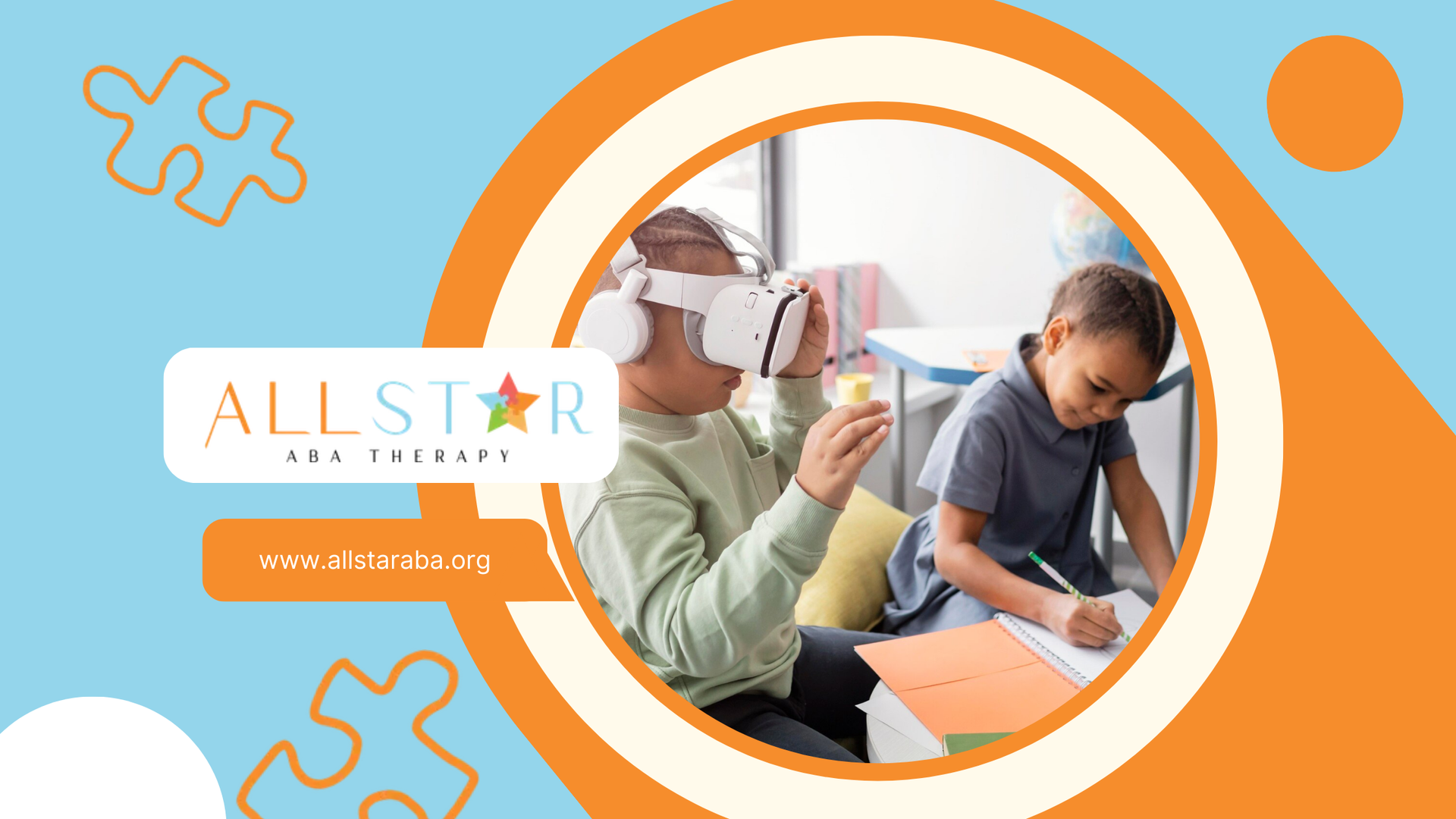New Paragraph
Empowering Safety: Autism and Drowning Prevention Strategies
Autism and Drowning: Understanding the Risks
Summer is a time for fun and relaxation, but for families with autistic children, it also brings unique challenges, especially around water. Autistic children often have a heightened attraction to water combined with sensory and communication difficulties, making drowning a significant risk. Understanding these risks and implementing effective safety strategies can ensure that summer remains a joyful and safe season for everyone.
Summer Dangers for Autistic Children
Kids with autism might be drawn to waterbecause of the sensory experience, and without someone keeping an eye on them, things can go south quickly.
Here are some common summer risks:
- New places can be confusing and disorienting
- Accessible water bodies that aren't supervised
- Crowded spots like beaches or pools can be overwhelming
- A higher chance of wandering off from safe areas
The Connection Between Autism and Drowning
Drowning is a leading cause of death for kids with autism. Their curiosity about water, combined with not fully understanding the danger and communication challenges, makes this a big concern.
Check out these eye-opening stats on the percentage of ASD-related deaths due to drowning:
- 1-4 years: 46%
- 5-14 years: 27%
To keep kids safe, it's crucial to adopt solid drowning prevention strategies. This includes things like pool safety for autistic children, tackling wandering behaviors with preventing elopement in autistic children, and teaching water safety.
Keep Your Kids Safe Around Water
When the sun's out and everyone's heading outdoors, it's super important to keep an eye on water safety, especially for kids with autism. Knowing how to prevent drowning can make all the difference in keeping everyone safe.
Pool Safety 101
First things first, make sure your pool area is locked down like Fort Knox. A fence around all four sides of the pool with gates that close and latch on their own is a must. Pool covers and alarms add an extra layer of security. And if you've got a pool at home, set some ground rules like "no swimming without an adult." This can seriously cut down on the risk of accidents.
Talk to your kids about why it's important to be careful around water. Use social stories or visual aids to help kids with autism understand the rules and dangers.
Handling Wandering Off
Kids with autism might wander off, and that can lead them straight to water. Tackling this behavior is key to preventing drownings.
Make sure doors leading outside are locked and have alarms to alert you if someone tries to leave. Teaching your child to swim and basic water safety skills can be a lifesaver. Behavioral strategies can also help teach them to ask for help if they feel like wandering.
Have a plan ready in case your child does wander off. Know to check nearby water sources first. GPS trackers can also help you find your child quickly if they go missing.
Keeping Autistic Kids Safe Around Water
Water safety is a big deal for all kids, but it's even more crucial for autistic children who might have unique behaviors that put them at higher risk. Keeping them safe means mixing education with constant supervision.
Teaching Water Safety
Teaching kids about water safety is a must to prevent drowning. For autistic children, the lessons need to match their learning styles. Use simple words and lots of pictures to explain the dangers of water and why they need to follow the rules.
Here's what to cover:
- Always swim with a buddy
- Follow pool rules
- Spotting someone in trouble in the water
- Asking an adult for help in an emergency
Parents and caregivers can use special tools designed for autistic kids, like social stories, visual schedules, and fun activities that teach safety.
Keeping an Eye on Them
Watching autistic kids around water is a full-time job. An adult should always be close enough to grab them if needed. Even if they can swim, close supervision is key to catching any problems early.
Here are some tips:
- Have a "water watcher" whose only job is to watch the kids in the water.
- Set and enforce rules like no running or pushing near the pool.
- Use fences, pool covers, and other barriers to keep kids from getting to the pool unsupervised.
- Look into swimming lessons made for autistic kids that teach them how to stay safe in the water.
Special Considerations for Autism
Autistic kids face unique hurdles, especially around water. Sensory quirks and communication issues can really impact safety. Let's dive into what you need to know.
Sensory Sensitivities and Water
Many autistic folks have heightened senses, which can make water activities tricky. Some might find the feel of water on their skin too much to handle, while others might love it and not want to get out.
Understanding these sensory preferences is key. If a child is sensitive to water, start slow and use sensory-friendly swim gear. On the flip side, kids who love water might need extra safety measures to keep them from wandering into pools or lakes unsupervised.
Communication Challenges and Safety
Communication can be tough for autistic kids, which is a big deal when it comes to water safety. They might not be able to say if they're scared or need help.
To keep things safe, set up clear ways to communicate before hitting the water. This could be hand signals, picture cards, or waterproof communication devices. Caregivers should also learn to spot nonverbal signs of distress.
Water Safety Tips for Families with Autistic Children
Keeping autistic kids safe around water is a big deal for families. Giving them the right tools and know-how can really help keep them out of harm's way. Let's chat about some handy gadgets and ways to teach water smarts.
Gadgets That Keep an Eye Out
Tech gadgets can be lifesavers when it comes to keeping an eye on autistic kids near water. Alarms on doors and pools can give parents a heads-up if a kiddo is heading towards water. GPS trackers, worn like wristbands or clipped to clothes, can show where they are in real-time, adding an extra layer of safety.
- Door Alarms: Beeps when a door to a pool or water area is opened
- Pool Alarms: Alerts when something or someone enters the pool
- GPS Trackers: Shows the child's location in real-time to stop wandering
Teaching Water Smarts
Gadgets are great, but teaching water skills and awareness is just as important. Tailored water safety lessons can make a big difference. Here’s what to focus on:
- Getting used to water slowly.
- Learning basic swimming skills.
- Practicing how to float and stay calm in water.
- Understanding water hazards and safety rules.
Special programs for autistic kids can teach these skills in a way that suits their needs.
Talking about water safety at home is also crucial. Go over different scenarios, practice what to do, and stress the importance of staying away from water without an adult.
By mixing tech tools with good old-fashioned teaching, families can build a solid plan to keep their autistic kids safe from drowning. Local support groups and networks can offer extra help and shared experiences to boost your summer safety game.
Conclusion
Ensuring the safety of autistic children around water requires a combination of vigilance, tailored strategies, and community involvement. At All Star ABA, we are committed to helping families create safe and enjoyable environments for their autistic children. Our personalized ABA therapy and comprehensive resources are designed to meet each child's unique needs, promoting safety and enhancing quality of life.
Need Support?
We're Here to Help!
Our experienced team is ready to assist you. Reach out today to discuss how we can support your child's development and well-being.
Get started with expert ABA therapy today.
Related posts

All Star ABA delivers the gold standard of care, Applied Behavioral Analysis (ABA) therapy, for individuals diagnosed with ASD, from infancy to age 21.
Quick Links
All Rights Reserved | All Star ABA







